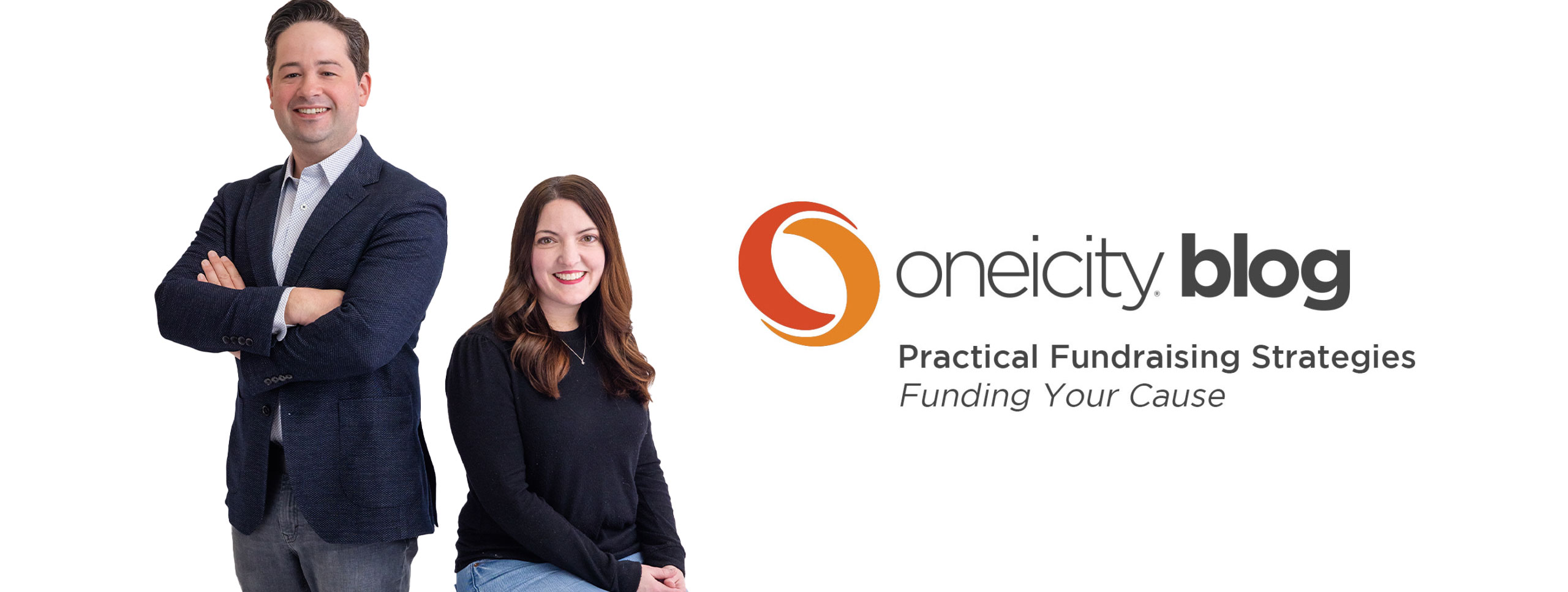This is the story of the how the Chairwoman of the Board found her place serving a thriving ministry and the CEO who was smart enough to let the plot develop. I’ll call the Chairwoman Kim and the ministry “Growing Strong” (not their real names).
Let’s begin at the ending. As part of my work, I was interviewing key players in Growing Strong Ministry. They’d hired Oneicity to assess their growth potential and help them continue a sweet growth trajectory. One of the interviews I requested was with the Board Chair, Kim. (You learn a lot comparing the vision the board has with the executive leadership and with staff).
For context, Growing Strong has expanded in terms of programs and in capital projects. As we began, I had to use my white board to map and keep track of their building and expansion projects because I couldn’t keep them straight. It was like, they’d say, “Oh, and we forgot to mention we bought and remodeled that building right before we expanded into that city.” They’re growing, building and serving like crazy.
In my interviews, one of my warm-up questions is often “How’d you become associated with this ministry?” I’ve asked that question a bunch to donors and board members. This time I was surprised.
Kim said, “I was leading a women’s Bible study in my home, and we decided we wanted to do a volunteer project.”
They chose Growing Strong to volunteer. And here’s where it gets interesting. She said, “We were 5 to 7 women in a group. We discovered that we had a lot of fun serving. We enjoyed interacting with the people. We really enjoyed being there. Sometimes we would sit at the table and talk. Some times we would serve meals. We felt like we were a blessing to them. And they certainly were a blessing to us.”
From these group volunteer moments, Kim became more involved. She expanded her volunteering time to personally spending time with the people that Growing Strong was helping. Learning more about lives changed. Hearing about struggles overcome.
And then Kim was invited to an evening where those who Growing Strong helped were graduating from their program.
She told me. “I remember the very first one. A man named Don was telling his story. I remember him clearly. He was telling how Growing Strong had helped him and how he was a changed man. He said, ‘God’s mercy was so great to me that he did not overwhelm me with my guilt.’”
She paused. Revisiting the moment in her memory.
I waited.
Then with emotion filling her voice she said, “It was remarkable.”
Indeed it was.
From there, Kim and her husband became donors.
But Kim wasn’t done. She wasn’t satisfied with being a volunteer and donor.
She stopped in Growing Strong’s CEO’s office one day and said, “I like what I see here. I want to have a deeper commitment here. What else can I do?”
The CEO said, “Well, we’ve got a capital campaign going. You could be on that committee.”
Rather than run for the parking lot as most of us would have done, Kim agreed. And ended up talking to businesses and literally cold calling on behalf of Growing Strong. And while, Kim wasn’t satisfied with her performance on the capital campaign committee, the project was funded and Growing Strong continued to grow.
And because he was paying attention, one day Growing Strong’s CEO asked Kim if she’d serve on the Board. And then a few years later she became the Chair, helping Growing Strong continue to grow strong.
So. What can we learn from Kim and Growing Strong?
Volunteers are central to your growth. I get really cranky when I discover NPOs that treat volunteers as a necessary evil or a bother. And even when that’s not said out loud, often the way volunteers are treated clearly expresses the sentiment. Far too many NPOs can’t be bothered with people who want to volunteer. Or they assign a non-people person to handle the logistics. Or they make it hard to volunteer. You know better. Give volunteers the opportunity to serve. And if you have too many volunteers, create new opportunities. Saying you have too many volunteers or turning away volunteers is like saying you have too many donors, because . . .
Volunteers aren’t volunteers, they’re donors. I don’t have much money or time. But I’m like a lot of people you want as a donor. My time is the most scarce resource I have. If I give you my time you are getting my very, very best. If I’m giving you my most precious resource, then respond like you noticed. Treat your volunteers like donors.
Volunteers need validation just like donors. Forget thanking volunteers. That’s noise in the wind. A Donor-Focused Culture recognizes the sacrifice and difference a volunteer makes. Be sure it is evident to the volunteer how they changed lives in a big way or small way through their service.
Volunteers respond to experience. Create moments and opportunities for magic to happen. Look for ways you can pull back the curtain on your work and show volunteers what goes on. Let them learn and ask questions out of what they see, hear and experience.
Volunteers need to celebrate. Remember, these people have just given you a precious resource (their time). And they’ve risked by stepping outside of their comfort zone. Figure out ways they can celebrate. Take a photo. Post a photo on your bulletin board. Post photos on social media and help them tell their friends (don’t assume they’ll know what to do or say; help them). Make it a sticky (memorable) moment.
Volunteers are more than volunteers. Do you need someone who’s willing to cold call prospective donors for free? Would you love to have more outspoken advocates who are looking for ways to be more committed and involved? You may find them in your volunteer lists . . . just waiting for you to pay attention to them. They’re ready. Are you?
Let me know what your experience is with volunteers. How are you cultivating them? And I would love your donor stories for Donor Confidential. You can reach me at: donor AT oneicity DOT com
I’d love to know what you think.
st
![]()
Steve Thomas
Partner, Oneicity
(photo credit: AuntNanny)

